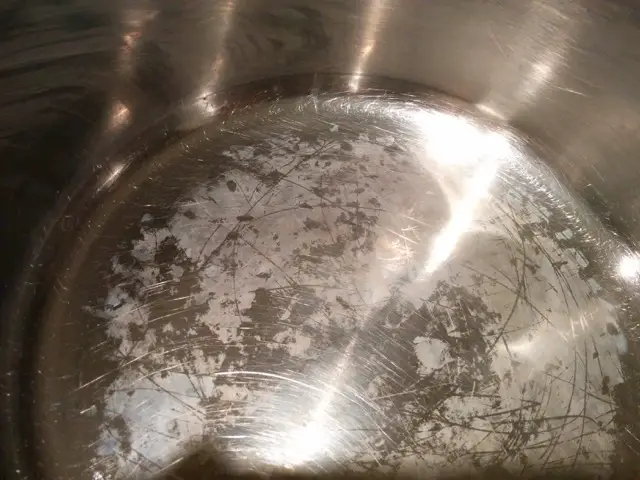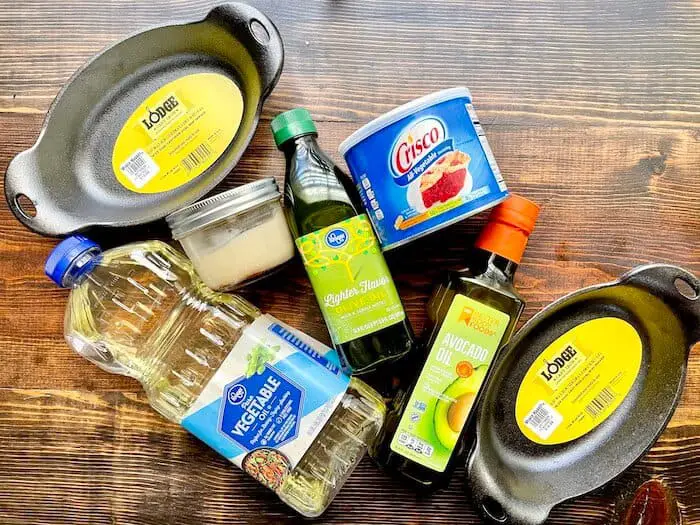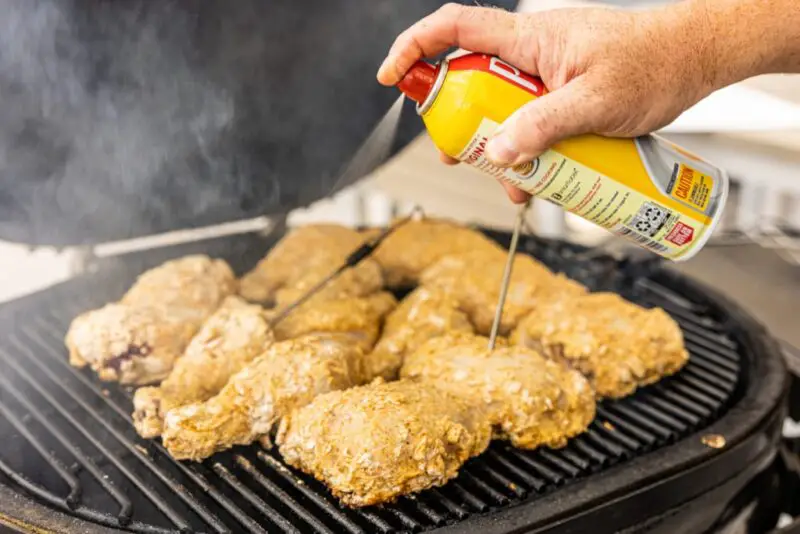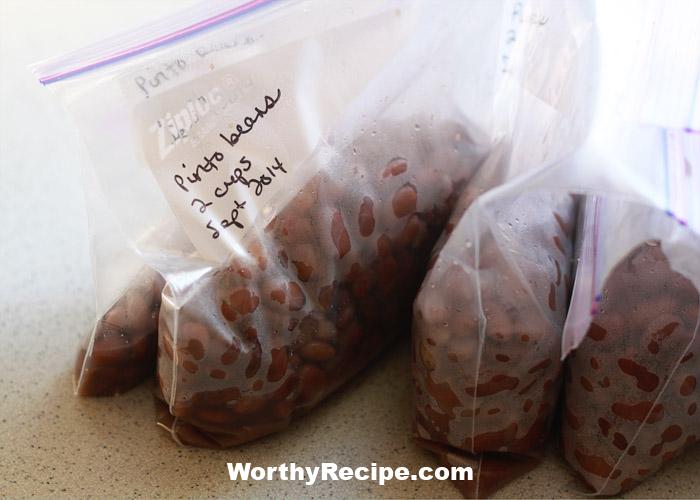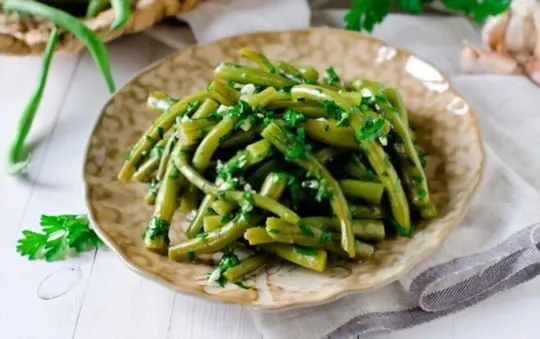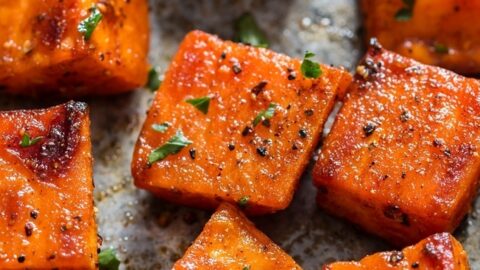Have you ever noticed a white residue left behind after boiling water? Perhaps you’ve questioned its origin, or even wondered whether it’s safe to consume. Fear not, for we have the answer – and it’s quick! In this article, we’ll explore what causes the mysterious white film in your pot after boiling water and whether or not it’s harmful. With our guidance, you’ll be able to take the guesswork out of your boiling routine and understand the science behind this pesky residue. So let’s dive in and discover the secrets behind the white film, once and for all. Boiling water is a simple, yet essential task in most kitchens. However, have you ever noticed a pesky white residue left behind after the water has cooled? This buildup not only looks unsightly but can also negatively impact the taste of your food or drinks. In this comprehensive guide, we will explore what causes this white residue, how to prevent and remove it, and maintenance tips for your appliances.
### What is the White Residue Left After Boiling Water?
The white residue left behind after boiling water is a mineral buildup that forms due to dissolved minerals in tap water. As water evaporates during boiling, the minerals become concentrated and solidify, leading to a chalky white appearance on surfaces. The common names for this residue include lime scale, mineral deposits, or hard water stains.
This buildup can occur frequently depending on certain factors such as the hardness of your tap water and how often you boil large volumes of water without cleaning your appliances.
### Why Does it Happen?
Tap water contains various minerals such as calcium and magnesium that cause the white residue buildup. These minerals are harmless in small quantities but can become concentrated when boiled in large amounts of water causing hard deposits to form on surfaces.
During boiling, the water evaporates and forms steam leaving behind dissolved minerals which stick to surfaces as the temperature decreases. This process leads to the formation of limescale buildup that eventually hardens over time.
### The Impact on Your Health and Appliances
You may be wondering if consuming or using items coated with white residue affects your health. Ingesting small amounts of these mineral deposits is harmless, however, ingesting large amounts may lead to calcium buildup in your body.
White residue buildup can also be detrimental to your appliances and pipes as it hinders their functionality. Additionally, the mineral content may interfere with their mechanisms leading them to wear out quicker than expected.
If left unresolved for an extended period, this accumulation could lead to damaging and expensive repairs, plus impact water quality. Therefore, it’s vital to prevent and remove the white residue regularly.
### Types of White Residue
Two types of white residue can accumulate from boiling tap water. They include Calcium Carbonate and Calcium Sulfate buildup.
Calcium Carbonate buildup appears chalky with a flaky or powdery texture. It’s commonly known as lime scale buildup, forms due to the concentration of calcium bicarbonate in tap water after boiling.
Calcium Sulfate mineral deposits appear cloudy or milky with a hard texture that may form in hot tubs, boilers, or pipes. It’s commonly called gypsum mineral deposits.
To determine which type you have, conduct a simple test by placing a few drops of white vinegar on the deposit. If it dissolves within moments, it’s most likely Calcium Carbonate buildup.
### Prevention Techniques
Preventing white residue buildup is easy and cost-effective when following proper prevention strategies. Here are a few prevention techniques to help minimize the accumulation:
– Filtering tap water before boiling.
Filtering your tap water removes up to 70% of impurities and dissolved solids that contribute to white residue buildup. A simple solution is to use a filtration unit or jug for convenience.
– Using distilled or purified water instead of tap water.
Distilled or purified water has no dissolved minerals that contribute to mineral deposits formation after boiling, making it an excellent alternative.
– Adding acid to the boiling process.
Adding a small amount of lemon juice during boiling changes the pH level of the water, reducing the chances of white residue accumulation from dissolved minerals.
### Cleaning Methods
Removing white residue buildup from appliances requires using cleaning solutions with natural ingredients that avoid damaging the surfaces you’re cleaning.
#### Homemade Solutions
– Lemon juice and vinegar method.
Lemon juice contains citric acid that helps break down mineral deposits while vinegar’s acidity dissolves them completely. Mix equal parts water and lemon juice in a spray bottle, spray affected areas, and let it sit for a few moments. Then use a scrubber brush to remove any remaining residue. Wipe the surface with a damp cloth, and you’re done.
– Baking soda solution.
Baking soda also effectively removes white residue buildup. Mix 2 tablespoons of baking soda with one liter of warm water until it dissolves. Apply the solution to affected areas and let it sit for several minutes before scrubbing with a brush or sponge. Then rinse with clean water.
– Essential oils method.
Essential oils such as eucalyptus oil have antibacterial properties that help remove mineral deposits while providing a pleasant aroma. Mix 10–20 drops of eucalyptus oil with warm water in a spray bottle. Spray affected areas, leave it for some minutes, then use a scrubber brush to remove the residue buildup thoroughly.
#### Commercial Products
– Descaling solutions.
These solutions dissolve and remove mineral buildup without damaging surfaces like homemade remedies do. They are specially formulated for appliances like kettles, washing machines, and coffee machines and are easy to use.
– Cleaning tablets.
Cleaning tablets make removing mineral deposits quick and hassle-free. Simply add them to your appliance during cleaning, follow instructions on the package, then rinse thoroughly.
### Maintenance Tips
To reduce the formation of white residue deposits in appliances, regular cleaning schedules help maintain their efficiency and lifespan. Here are some useful maintenance tips:
– Regular cleaning schedule for appliances.
Create a routine that frequently cleans appliances like kettles or coffee pots after use to avoid mineral buildup from accumulating. For example, once every two weeks should suffice.
– Tips for preventing buildup in Kettle or coffee pot.
Adding an acidic liquid like vinegar or lemon juice regularly changes the pH levels of the kettle or pot supporting and dislodging any accumulation present. Another alternative is using a kettle built-in filter that captures the minerals during boiling, thus reducing residue buildup significantly.
– Water softener system installation.
If hard water problems persist despite prevention strategies, installing a water softener system that removes minerals from any incoming water supply will help avoid mineral buildup significantly.
### Conclusion
White residue accumulation after boiling water can be frustrating and harmful to your health and appliances. Prevention techniques like filtering tap water, using purified or distilled water, or adding acid to the boiling process can help minimize the building up of mineral deposits.
Homemade solutions like lemon juice and vinegar or baking soda solution are useful in removing white residue buildup. However, commercial products like descaling solutions or cleaning tablets are more effective in removing mineral deposits without causing damage.
Regular maintenance schedules for appliances and tips for preventing buildup in kettles or coffee pots such as adding an acidic liquid can help prolong their lifespan and prevent costly repairs. With these tips, you can now prepare your hot beverages and cook meals in appliances free of white residue buildup, making your drinks tastier and your food healthier.
Summary
Boiling water is a routine task that most people perform daily, but have you ever noticed the unsightly white residue left behind after the water cools? This comprehensive guide delves into the causes of this residue buildup, its impact on health and appliances, and how to prevent and remove it. The article discusses the chemical composition of water, minerals present in tap water, evaporation and concentration during boiling, and the differences between types of white residues. It also covers prevention techniques such as filtering tap water or using distilled/purified water, adding acid to the boiling process among others. Moreover, various homemade solutions like lemon juice and vinegar method, baking soda solution, essential oils method, and commercial products like descaling solutions are presented for cleaning methods. Lastly, maintenance tips like regular cleaning schedule for appliances, preventing buildup in a kettle or coffee pot are given along with the installation of a water softener system. Overall, this guide will provide readers with an in-depth knowledge of the pesky white residue after boiling water and how to handle it effectively.
